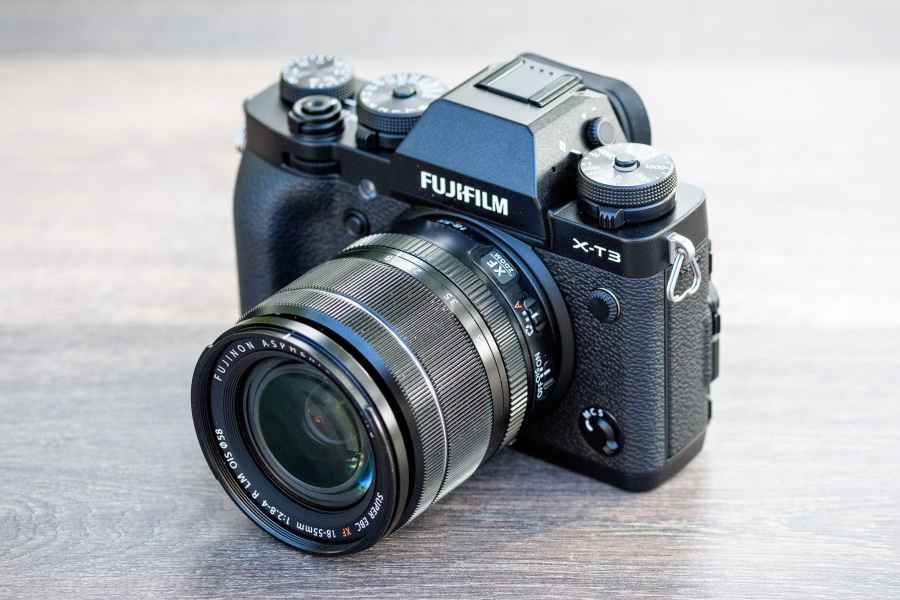Fujifilm X-T3: Introduction
Fujifilm X-T3: at a glance
- £1,349 body only
- 26.1-million-pixel APS-C X-Trans CMOS 4 sensor
- ISO 160-12800 (80-51200 extended)
- 425-point AF system with 2.16-million phase detection pixels
- 30fps continuous burst shooting
- Dual SD card slots
- 4K/60p 4:2:2 10-bit HDMI output and 4K/60p 4:2:0 10-bit internal recording

The Fujifilm X-T3 paired with the Fujinon XF 18-55mm f/2.8-4 R LM OIS lens. As well as being made in black, the X-T3 is available in a black and silver finish. This is different to the graphite silver finish that was a limited edition for previous models.
Over the last six years, Fujifilm has been developing and refining its X-series system, yet it’s the X-T series that continues to generate most interest from the type of user who’d like the traditional shape of a DSLR combined with the charm of Fujifilm’s classic styling in a practical and lightweight body. The recipe of beautifully sculpted handgrip, centrally positioned viewfinder and intuitive layout of buttons and dials has been so successful, its led to other models like the X-T20 and X-T100 being made to make sure there’s an option for all types of user and budget.
For those who want the best X-T-series camera that money can buy, the X-T2 has been the model to choose. When it arrived in 2016 it changed people’s perception of speed associated with mirrorless cameras and remains a great all-rounder by today’s standards. Two years on and in keeping with Fujifilm’s two-year product cycle, the X-T3 has arrived. Can it continue to win photographers over and tempt people away from all of the full-frame mirrorless offerings of late? It’s time to find out.
Fujifilm X-T3 Review: Features
Rather than employing its 24.3-million-pixel X-Trans CMOS III sensor, Fujifilm has introduced a newly developed 26.1-million-pixel APS-C X-Trans CMOS 4 chip into the X-T3. This fourth generation sensor has a back-illuminated structure, excludes a low-pass filter to enhance image quality and partners up with Fujifilm’s latest X-Processor to offer more advanced processing capabilities. This pairing has seen the sensitivity range increase, albeit slightly. Previously ISO 160 was only available as extended ISO, but now it’s part of the native range, which spans from ISO 160-12,800 (expandable to ISO 80-51,200).
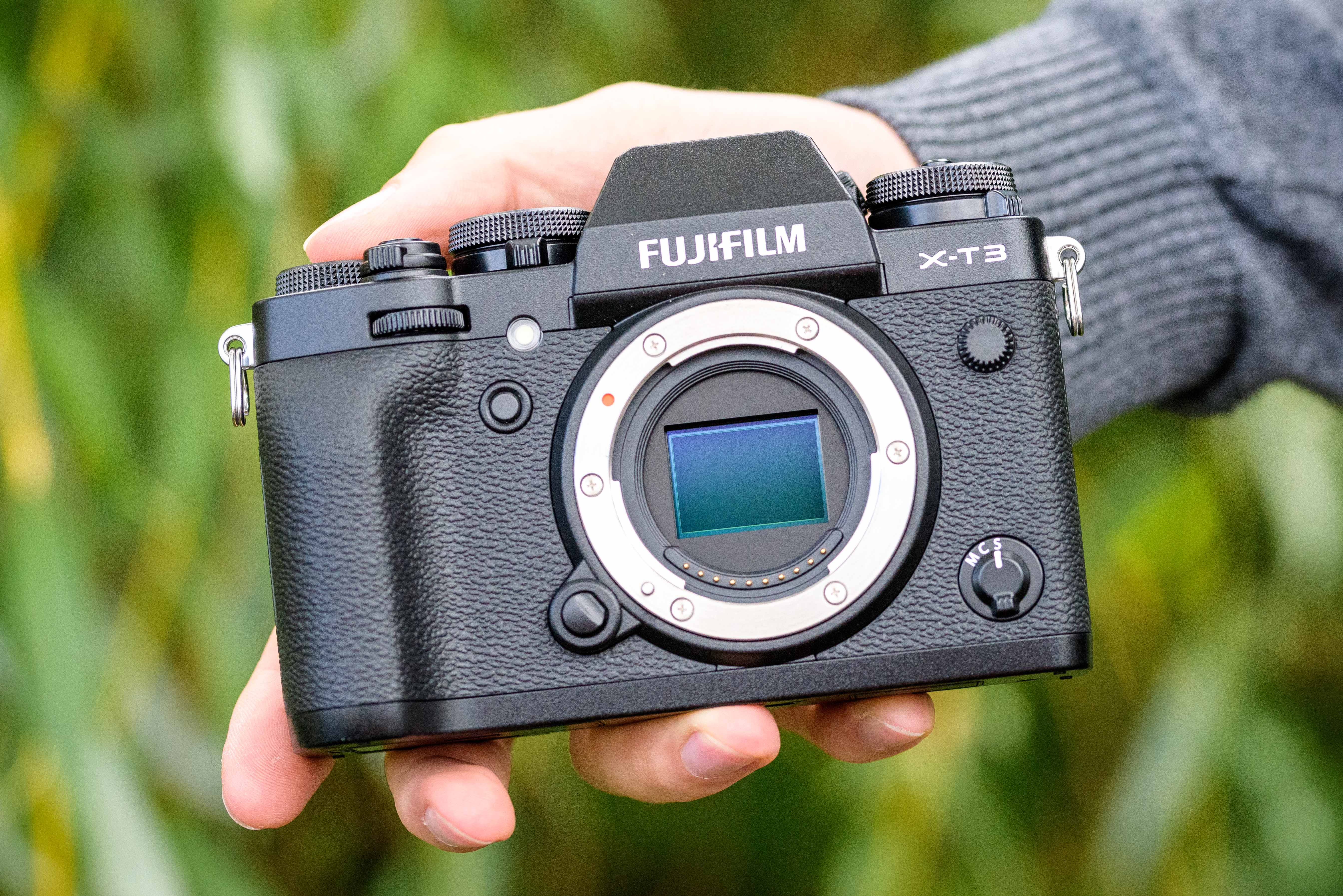
The X-T3’s APS-C X-Trans CMOS 4 sensor in full view behind Fujifilm’s X-mount
The X-T2 was a speedy performer, but thanks to its new processor the X-T3 manages to trump what its predecessor was capable of. Compared to the X-T2, which could shoot at up to 8fps using its mechanical shutter and up to 14fps with its electronic shutter and vertical power booster fitted, the X-T3 can now shoot at up to 11fps using its mechanical shutter, or up to 30fps by activating the electronic shutter.
Another benefit the X-T3 has is that it can shoot at high speed without the need of a vertical power booster, allowing it to be fast while remaining small and lightweight. Unlike the X-H1, the X-T3 doesn’t offer a continuous medium (CM) mode on its drive dial, but there is a continuous low mode (CL) that permits a maximum speed of 5.7fps – the same speed the camera is capable of shooting at in Live View and a slight increase on the X-T2’s 5fps.
The start-up time and shutter release lag remain the same as before at 0.3secs and 0.045sec, respectively. Like other X-series models, there’s a mechanical focal plane shutter with a 1/8000sec limit and the option to extend the fastest shutter speed to 1/32,000sec by using the totally silent electronic shutter – a useful feature for times when you’d like to work discreetly. Fujifilm has also been busy improving the rolling shutter phenomenon that’s associated with electronic shutters and claims this issue has been halved compared to the previous generation.

The X-T3 features a threaded shutter button like you get on the X-T2. Set the exposure compensation dial to its ‘C’ setting and you can then adjust it across a wider +/-5EV range
The X-T3’s 3.69-million-dot EVF with 0.75x magnification is the same EVF you’ll find on the X-H1 and is an improvement on the X-T2. It offers a display time lag of just 0.005 seconds and a refresh rate of 100fps when the camera’s power management is set to boost. In normal mode the EVF’s refresh rate is 60fps. Users who like to shoot sports, wildlife and action will welcome the way the X-T3 provides blackout-free high-speed continuous shooting of up to 30fps with AF/AE tracking. To help identify the cropped area when the mechanical shutter is used at 8fps or 11fps, there’s a new sports finder mode that allows you to observe movement of a subject outside of the shooting frame before it enters.
Below the EVF you get a similar 3in, 1.04m-dot three-way tilt screen as the X-T2. The difference here is that it now supports the same level of touchscreen control as the X-H1, allowing you to adjust settings from the quick menu, shift the AF point around the frame and swipe through or magnify images in playback from a touch of your finger. As for manoeuvrability it tilts up and down, plus it can be flipped out by 60 degrees to aid high and low angled shooting when shooting in the portrait format.

An example of the screen being flipped out to aid low-angle shooting in the portrait orientation
Significant changes have been made to the X-T3’s autofocus system too. Whereas the X-T2 and X-H1 had 0.5-million-phase detection pixels on the sensor, the X-T3 now has four times as many, or 2.16-million to be precise. The number of selectable AF points has also increased. There’s a choice of either 117 selectable AF points laid out into a 9×13 grid, or there’s a 425-point layout consisting of a 17×25 grid.
Those who like to be very specific with positioning of the AF point are likely to choose the 425-point layout and there’s the option to choose between a total of six AF target sizes in single point AF mode and three in zone AF mode. Like the X-T2 there is single point, zone and wide/tracking AF modes and five autofocus custom settings with three user-adjustable parameters (tracking sensitivity, speed tracking sensitivity and zone area switching) to refine focusing characteristics in AF-C mode.
If this wasn’t enough, the X-T3’s low-light autofocus sensitivity is extended from -1EV to -3EV and the X-Processor 4’s high processing speed and improved phase detection algorithm allows the camera to refocus and meter approximately 1.5x more frequently than existing X-T models. The good news for those who like to shoot people pictures is that the performance of face and eye detection has also been refined. Eye-detection is available in AF-C mode and you get the option to prioritise which eye you’d like the camera to focus on when shooting people from the front or side.

AF-S, AF-C and manual focus are all selected from the switch on the front of the body. Face detection and Eye detection are both available in the X-T3’s AF-S and AF-C modes
As well as offering an excellent stills specification, the X-T3 has the most impressive video spec we’ve seen from an X-series camera. It’s Fujifilm’s first model to feature broadcast-quality 4K/60P 4:2:2 10-bit HDMI output and 4K/60P 4:2:0 10-bit internal recording to an SD card. Both can be recorded simultaneously, letting videographers capture backup video or conduct 4K/60P internal SD card recording while monitoring 4K/60P footage.
Videographers will also appreciate the 200Mbps bitrate (100Mbps and 50Mbps are available) when shooting 4K/60P 4:2:0 10-bit footage and supported formats include the widely used H.264/MPEG-4 AVC as well as H.265/HEVC for greater data compression. Flat F-log video recording to the card is available in 4K and Full HD video formats for accurate colour grading in post production, plus there is a dedicated video menu where all the video settings are conveniently grouped together. All existing film simulation filters can be used in stills and movie mode and the X-T3 inherits ‘Eterna’ from the X-H1, which mimics the feel of old Fujifilm film stock, producing a look with low contrast and low saturation with soft shadows.
Fujifilm X-T3 Review: Continuous shooting
The X-T2 was no slouch when it came to shooting a continuous burst of images. It was capable of rattling out a sequence at 8fps, with the option to increase the top end speed to 14fps by attaching a vertical power booster. The pairing of the X-T3’s new sensor and image processor presents generous speed benefits over its predecessor, with the option to shoot at up to 11fps using the mechanical shutter in continuous high (CH) burst mode.
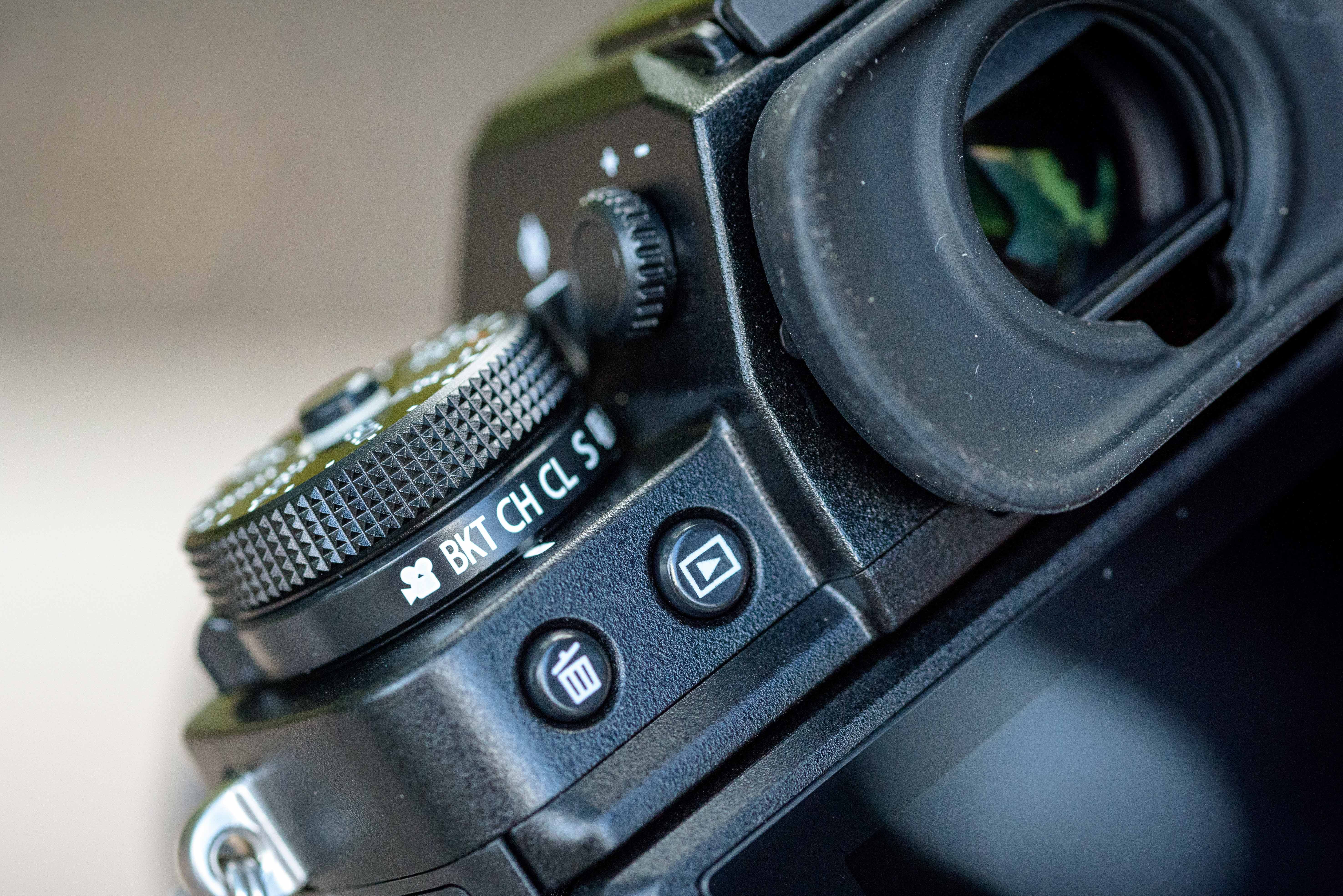
Here the X-T3 is set to its CH (Continuous High) burst mode. Users should note that movie mode is also accessed from the drive mode settings and at the opposite end you’ll find multiple exposure and sweep panorama modes
The beauty of the X-T3 is that it doesn’t require a vertical power booster grip to shoot faster than 8fps, giving users to get the benefit of being able to shoot faster without adding additional weight to the body. Engage the X-T3’s electronic shutter and enter the X-T3’s drive settings and you’ll find many more high speed burst options available.
You can shoot at 20fps using the electronic shutter, or up to 30fps using the electronic shutter with a 1.25x crop of the sensor. Select one of the three 1.25x crop burst settings (10fps, 20fps and 30fps available) and images will output at a lower, but still very useable 16.6-million-pixel resolution.

The continuous high speed burst settings as displayed in the X-T3’s menu. The ‘ES’ settings highlight the speeds that are available using the electronic shutter. Users can shoot at up to 11fps using the mechanical shutter
The X-T3 also introduces a Sports finder mode that clearly marks the 1.25x cropped area in the viewfinder when the mechanical shutter is used. This has its uses for fast or unpredictable subjects, where you’d like to observe the movement outside of the frame before it enters the cropped area, increasing your chances of getting the shot at the perfect moment.
Fujifilm X-T3 Review: Build & Handling
The X-T3’s design and build quality has changed very little, which is testament to the X-T2’s superb design and how well it has been received. If you were asked to identify the X-T3 from the X-T2 by feel alone with your eyes closed you’d have difficultly identifying one from the other.
First impressions count for a lot and within seconds of picking up the X-T3 you realise you’re holding onto a solid and robust camera that’s constructed to a very high standard. Just like the X-T2, the X-T3 strikes an excellent balance between small form factor and feeling substantial enough in the hand that it doesn’t feel fiddly or awkward to use.
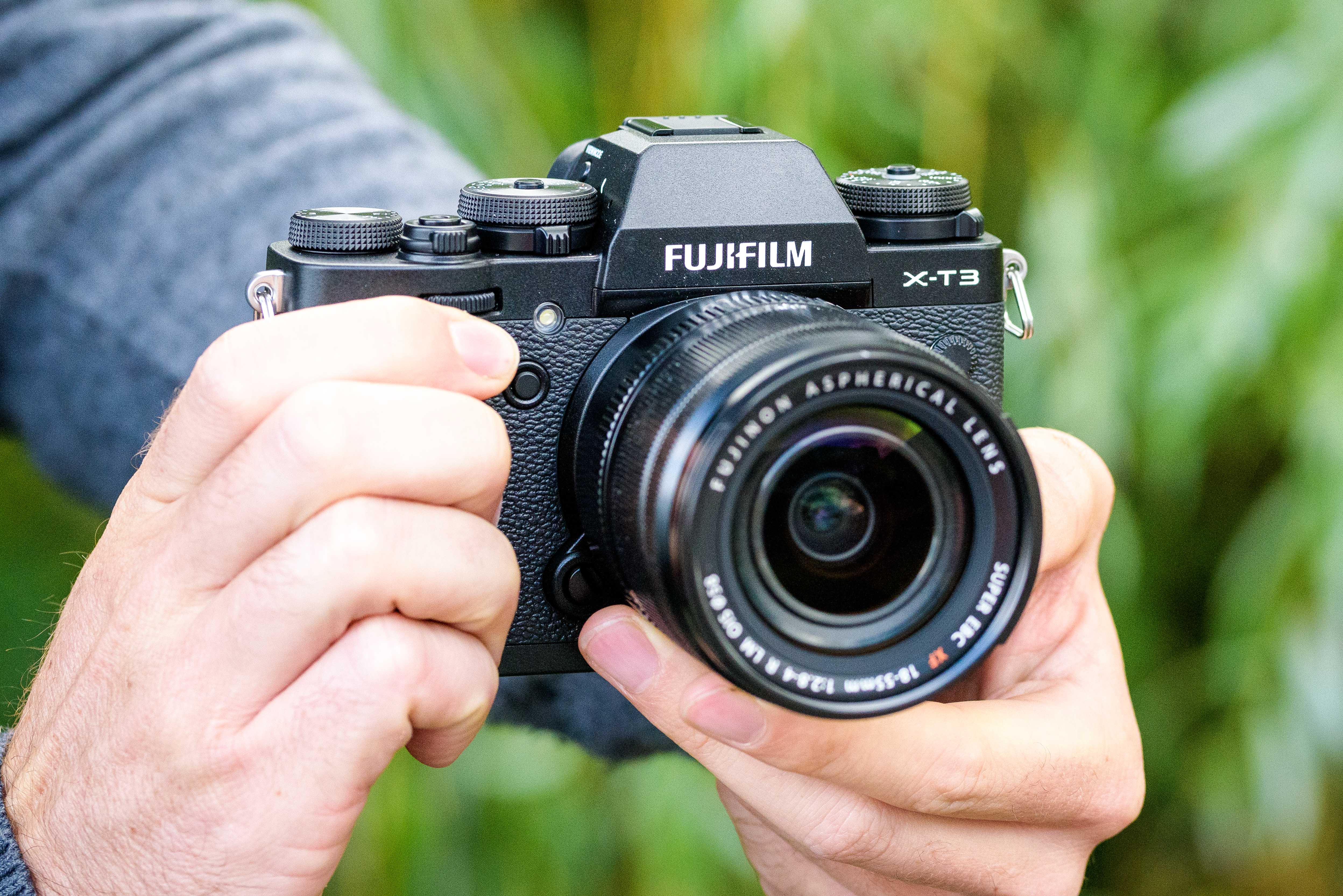
The X-T3 handles exceptionally well in the average-sized hand. It has a wonderfully sculpted rubberised grip and large thumb rest at the rear that allows for comfortable single-hand shooting
The magnesium alloy body it’s built around is sealed against moisture and dust, providing extra reassurance when the weather takes a turn for the worse. Persistent drizzle at a game of cricket was a good test of its weather resistance and although no harm was caused, the touchscreen didn’t respond well to the wet conditions and was far less responsive than in the dry. Anyone who ends up shooting in the rain will favour using the X-T3’s AF point toggle selector to shift the AF point around the frame, which can also be used to work around the quick menu and change settings in combination with the rear dial. Like the X-H1, the X-T3’s touch screen still can’t be used to navigate the menu interface so there is still room for improvement here.
The layout of dials and buttons across the body is very familiar. Having independent dials to control shutter speed, ISO and exposure compensation makes it a pleasure to use from a users perspective. The only difference to these dials is that they now adopt the cross sectional shape of the X-H1’s dials, with ISO 160 squeezed in-between the ‘L’ and ISO 200 settings. The quick access drive mode and metering mode switches directly below the ISO and shutter speed dials are inherited again, but now they’re just that little larger, making them that bit easier to find and operate from behind the camera.
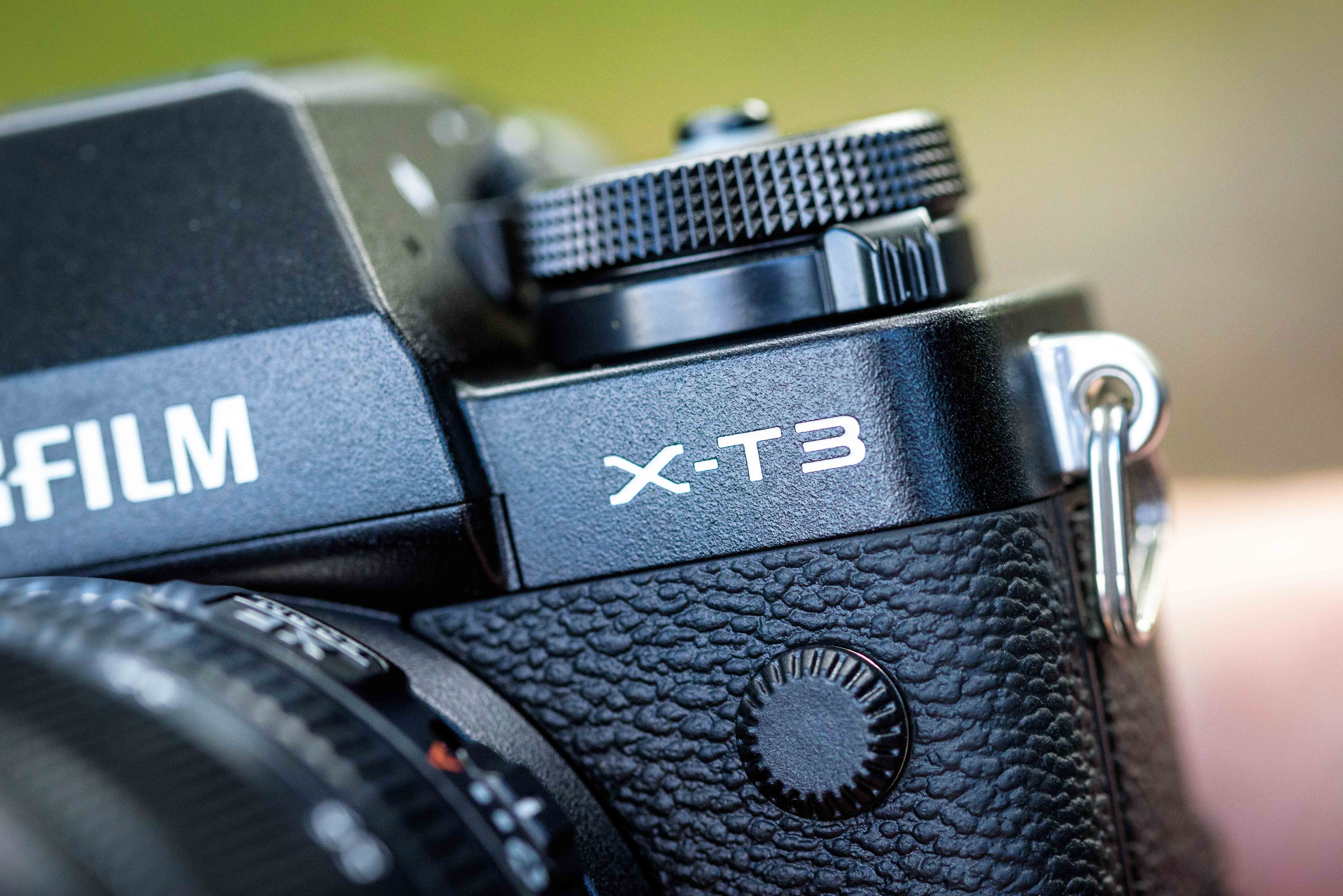
It inherits the same top plate dials and larger drive dial/metering mode switches from the X-H1
Just as we saw via a firmware update for the X-T2, X-T3 users can make full-range ISO adjustments via the front dial once the ISO dial setting (A) is set to Command. It means you’re not forced to pull your eye away from the viewfinder to glance at the ISO dial on the top plate at the cost of missing a shot. Depress the front dial and you can toggle between ISO and exposure compensation, however you will be required to set the exposure compensation dial to its ‘C’ setting first. Another option added to the X-T2 via firmware that’s available on the X-T3 out of the box is an Auto option for the minimum shutter speed in the ISO Auto setting. This allows the X-T3 to define the minimum shutter speed automatically according to the focal length of the lens used.
The only X-T3 firmware update we’re currently aware of that’ll follow at the end of 2018 is support for Hybrid Log Gamma (HLG), one of the video formats defined in the ITU-R BT.2100 international standards. This update will also offer the ability to output Film Simulation and F-Log footage simultaneously.

The cover at the side that protects the X-T3’s ports is now fully removable. The USB Type-C port can be seen in-between the 3.5mm headphone input and HDMI micro connector (Type D)
A few other minor tweaks have been made around the body – for example the EVF’s dioptre can now be locked to prevent unintentional adjustments while carrying the camera and the terminal cover is now fully removable, providing uncompromised access to the four different interface ports. It’s great to see the X-T3 offer a 3.5mm headphone socket directly below the 3.5mm stereo microphone input too. Better still, the X-T3 has a widely used USB-Type C port that supports in-body battery charging on the go. To take advantage of it users will need a USB Type C cable as you only get a mains charger and mains cable in the box.
Power consumption has been improved too, but 390 shots is the maximum number of frames possible from a single charge set to its normal performance mode. Those who don’t want to be caught short of power are recommended to buy a spare battery, or look at the optional VG-XT3 vertical battery grip (£299). This houses two extra batteries in addition to the one in the body and increases the battery life to 1,100 shots. The grip also improves the handling in the portrait format and makes the body feel that bit better balanced with larger telephoto zooms. It’s supplied with an AC adapter that allows the two inserted batteries to be recharged in two hours – good if you have access to mains power, but not so good if you don’t. It would have been rather nice to see the VG-XT3 battery grip also support a USB-Type C port for USB charging.
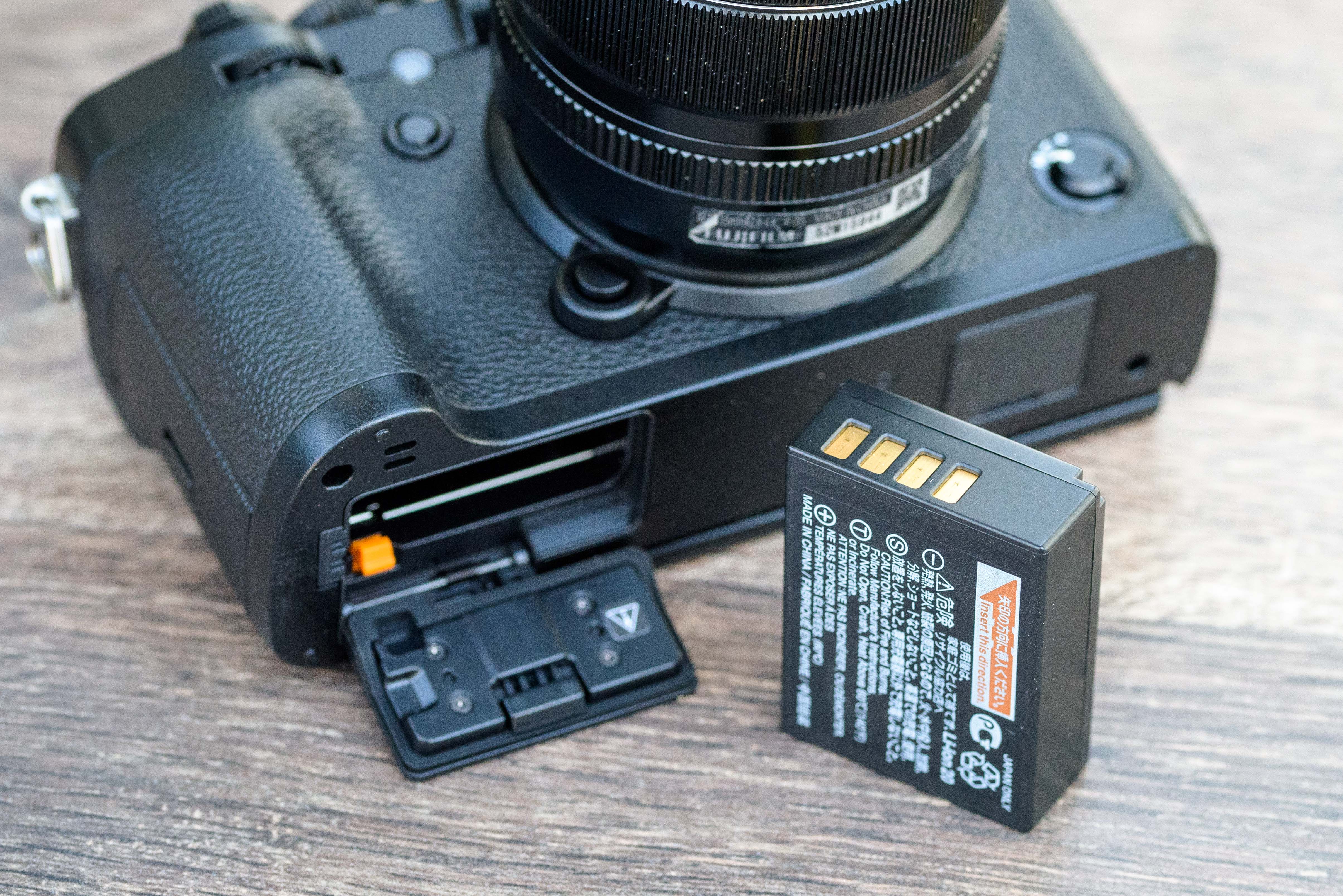
The X-T3 is supplied with Fujifilm’s BC-W126 battery charger. If you’d prefer to charge the battery in the camera or on the go, this is possible with a USB Type C cable.
The level of customisation on the X-T3 is even better than the X-T2. You can assign settings to one of six customizable function buttons, or utilise the touchscreen and setup different swipe gestures to one of the four touch functions. I reassigned wireless communication to the Fn1 button on the top plate to initiate a faster pairing with my mobile devices running the Fujifilm camera remote app and found the swipe right T-Fn3 touch function useful. This instantly accesses the X-T3’s large indicators mode and makes exposure variables and icons around the screen and EVF larger – great for those who may struggle to read Fujifilm’s fairly small on-screen settings.
In total you can set as many as 48 settings to the X-T3 function buttons and if you’re one for using back-button focusing, you’ll want to assign the AF-ON option to the AE-L button.
Fujifilm X-T3 Review: Performance
The X-T2 presented a big leap in performance over the X-T1. With the X-T3, Fujifilm’s objective has not only been to make autofocus faster, but increase the accuracy and responsiveness of it for the type of user who demands first-rate AF when shooting high-speed action, sport or wildlife, which often involves fast and erratic movements through the frame.
View our Fujifilm X-T3 Sample Image Gallery with links to full size images
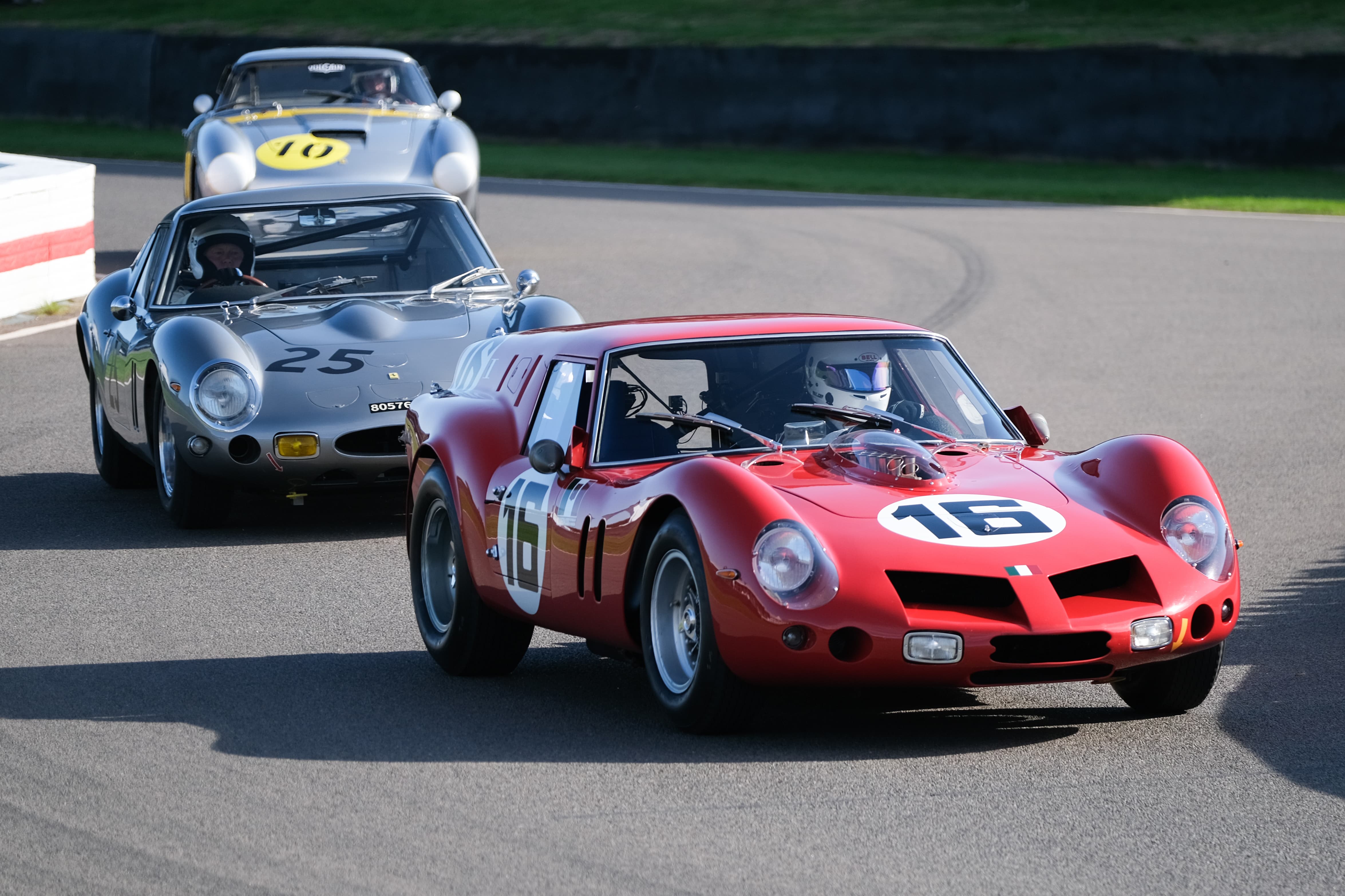
A single frame taken from a continuous burst at 11fps. It’s possible to shoot full resolution images at up to 20fps with the electronic shutter. A 1.25x crop is applied to bursts captured at 30fps. XF 50-140mm f/2.8 R LM OIS WR, 1/1250sec at f/2.8, ISO 160
The wider spread of phase detection AF pixels combined with quick data processing has enabled this and constitutes a lightening fast autofocus performance no matter what size or position the AF point is at in the frame. The full potential of this was realised at Goodwood motor racing circuit, where the Zone and Wide/tracking AF modes were used with the X-T3’s high-speed burst settings. The X-T3 wasn’t out of its depth when it was asked to focus continuously on cars approaching head-on at high speeds before negotiating a chicane. It successfully managed to acquire sharp focus from the first frame, rarely dropping focus during subsequent frames captured at 11fps and 20fps.
This phenomenally impressive AF performance, combined with blackout free continuous shooting at up to 30fps all adds up to make the X-T3 a seriously capable camera for high-speed shooting, but despite Fujifilm’s best efforts, rolling shutter artifacts do continue to persist when using the electronic shutter – something that was observed in a few of my images where I found myself panning with cars at high speed.

The X-T3’s eye-detection is effective. You can even specify which eye you’d like the camera to focus on, which worked surprisingly well on moving people captured at Goodwood Revival. XF 56mm f/1.2 R APD, 1/2500sec at f/1.2, ISO 400
It’s not just with high-speed subjects that the autofocus has improved. Performance of face-detection AF has taken a giant leap forward, far surpassing the responsiveness of the X-T2. This is immediately obvious when Face/Eye detection is turned on. It does a good job of recognising faces right into the far corners of the frame, both in AF-S and AF-C modes. Eye-detect AF is effective at determining the crucial point of focus on a face too, with a yellow square inside the green face detection box clearly revealing which eye it’s locked onto. I wouldn’t go as far as saying it’s as good as Sony’s sublime Eye AF, but it’s a big step forward in the right direction and will be of great use to anyone who shoots static or moving portraits under pressure, or is apprehensive of their focus point positioning.
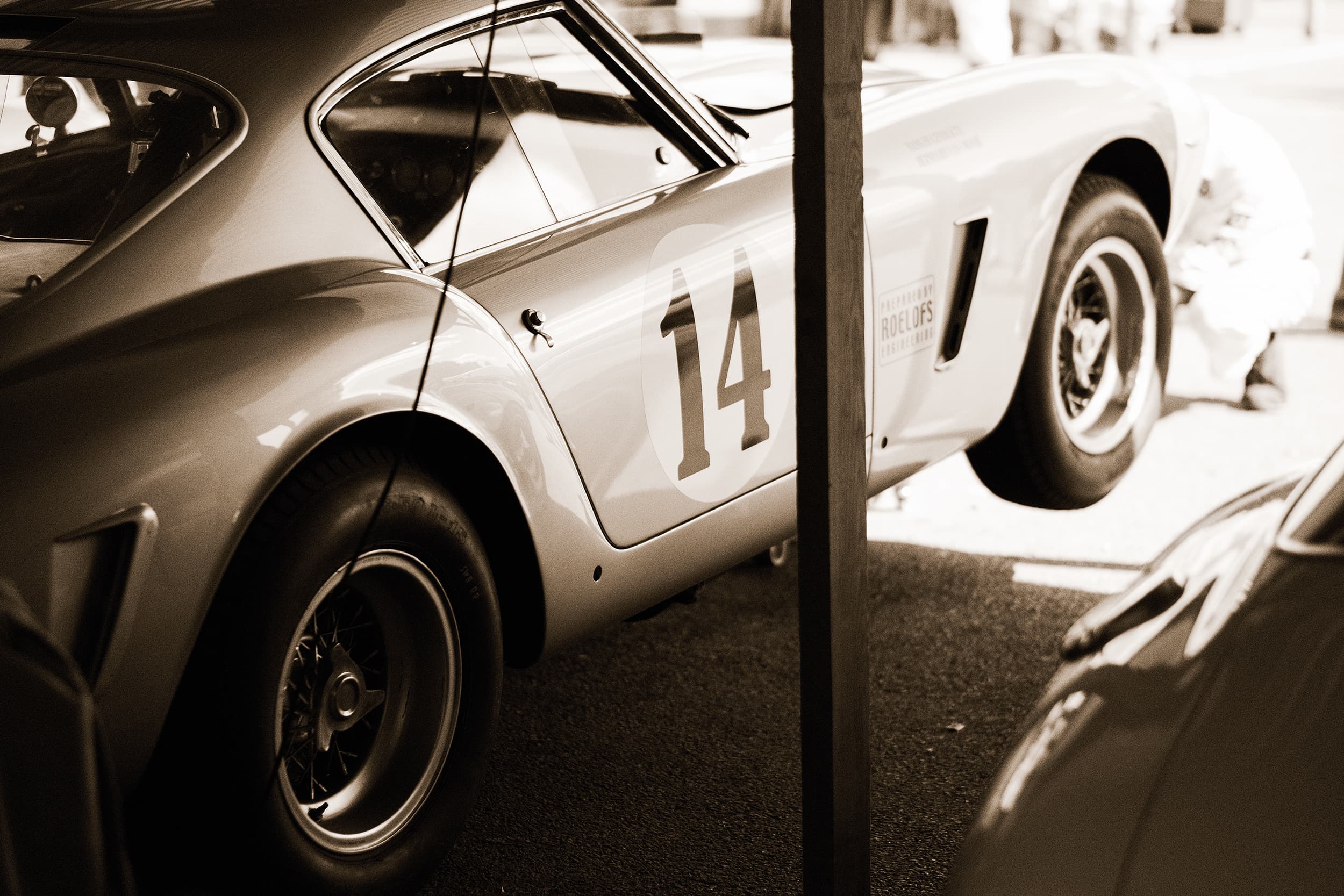
The new monochrome adjustment function was used to add extra warmth to this image. It was taken using the X-T3’s Acros film simulation mode with the warmth set to a value of +8. XF 56mm f/1.2 R APD, 1/18,000sec at f/1.2, ISO 1600
For a majority of my testing, two Toshiba Exceria Pro 32GB SDHC UHS-II cards capable of a 240 MB/s write speed were loaded into the twin card slots. With these the X-T3 sustained 40 raw files being taken at 8fps and 36 raw files at 11fps before the buffer became full. Turning the electronic shutter on, I managed to shoot 34 raw files at 20fps (without 1.25x crop) and 33 raw files at 30fps with the 1.25x crop. Switching across to Fine JPEG saw the X-T3 reach 145 frames at 11fps using the mechanical shutter and 79 frames at 20fps with the electronic shutter. This number reduced to 60 frames at 30fps. These speed tests this confirms that the X-T3 is capable of shooting more frames in faster succession than was previously possible on the X-T2.
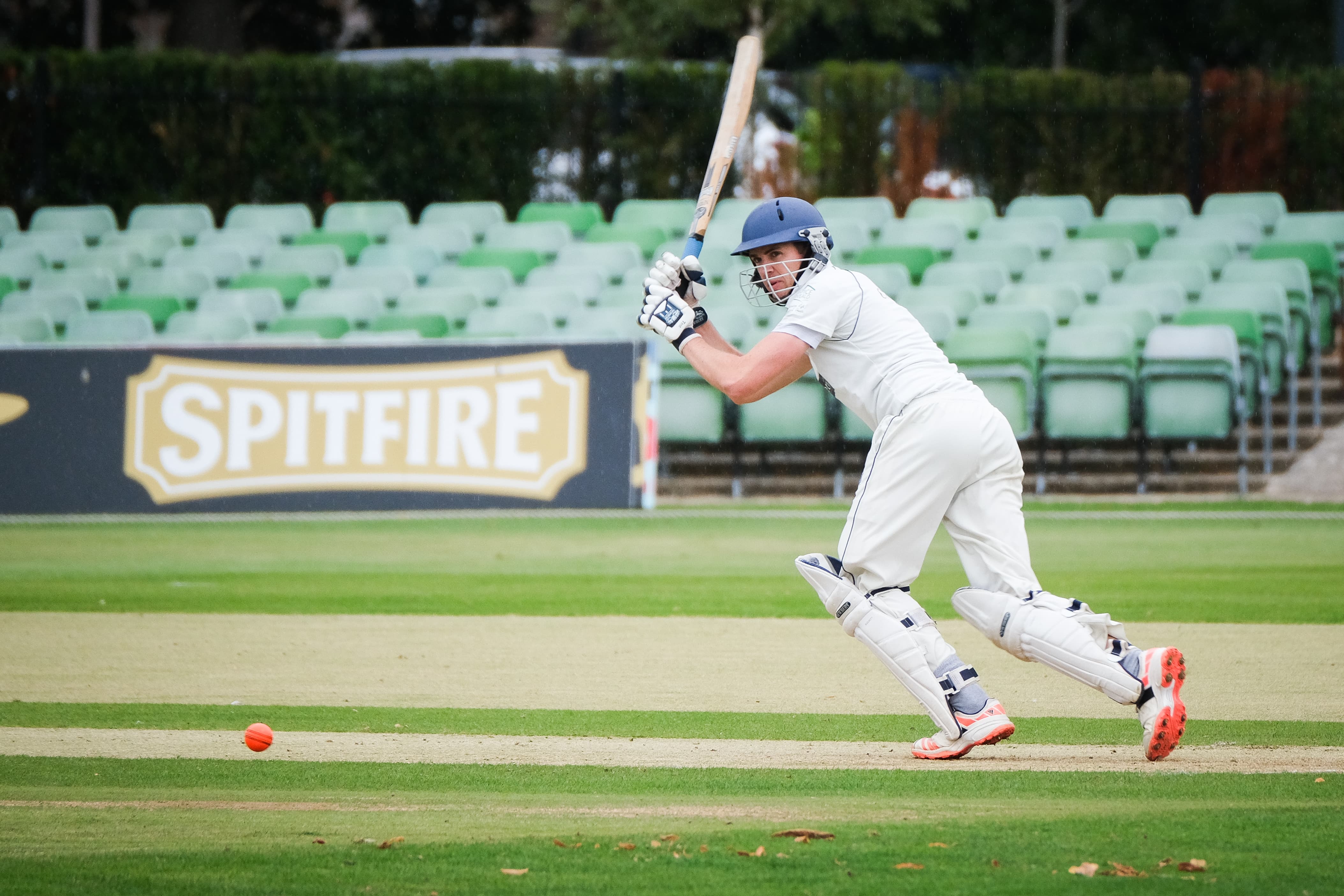
Shoot sports, action or wildlife at 30fps using the electronic shutter and you’ll be able to shoot as many as 33 raw files or 60 JPEGs before the buffer fills and the camera requires a breather. XF 100-400mm f/4.5-5.6 R LM OIS WR, 1/480sec at f/5.6, ISO 800
The performance of the X-T3’s EVF is excellent. It displays a sharp and accurate view whilst faithfully representing colour as seen by your eyes. Shooting settings automatically rotate in the EVF based on the shooting orientation and although the idea of swiping your thumb across the screen to move the AF point when the EVF is raised to your eye might sound good, it’s not as fast or precise as using the AF toggle.
View our Fujifilm X-T3 Sample Image Gallery with links to full size images
The ‘normal’ 60fps refresh rate is perfectly adequate for general shooting and helps to keep power consumption low, but for tracking, panning and times when you want the smoothest viewing experience you’ll want to make sure you engage the X-T3’s performance boost mode, which is assigned to the button below the Menu/OK button as default. In playback mode you’ll notice that by double tapping an image it presents a magnified view based on where the focus point was, which is very useful for analysing sharpness. The three-way tilt design of the screen is fantastic for low angle work in both orientations and has an advantage here over the two-way tilt screens found on the X-T20 and X-T100.

An example of the bright, faithful colour one can expect from the X-T3’s files. The only adjustment made to this image in Lightroom was a slight lift to the darkest shadows XF 100-400mm f/4.5-5.6 R LM OIS WR, 1/850sec at f/4.5, ISO 1600
Fujifilm’s cameras are well known for their faithful colour rendition and the results straight out of the X-T3 in both JPEG and Raw file formats capture faithful, true-to-life colour. The TTL 256-zone metering system rarely misjudges a scene and with exposure compensation only a thumb flick away it’s easy to dial in exposure on the fly when it’s needed. Users can be confident leaving white balance to its AWB setting to render natural colours and there’s a new option that allows you to assign AWB lock to any function button. If you’d like to get creative, or feel your shots could benefit from a boost, the X-T3’s suite of 16 film simulation modes can be easily called upon. The new monochrome adjustment function also provides a good level of control over giving black and white images a warmer or cooler feel.
The X-T3’s wireless connectivity options are easy to comprehend. Set it up with a Bluetooth enabled mobile device and you’ll be prompted to join the X-T3’s Wi-fi if your device is already connected to another Wi-fi network. You can enable the Auto Image Transfer function to sync your most recently captured images to a smartphone when you enter playback mode too. This feature works well, but it’s worth checking you have the resize image for smartphone (3MP) option switched on unless you specifically want full-size files, which take longer to transfer and will fill up your smartphone or tablet’s internal memory a lot faster.
Fujifilm X-T3 Review: Image quality
In the past we witnessed a jump in resolution from the X-T1’s 16.3-million-pixel X-Trans sensor to the 24.3-million pixel X-Trans III chip found inside the X-T2. The X-T3’s new 26.1-million-pixel X-Trans CMOS 4 sensor doesn’t offer such a leap in terms of resolution, but its back illuminated structure is what’s important, allowing it to produce cleaner looking images across its ISO range than we’ve previously seen on any X-Series camera.
The way the sensor handles noise across its native range (ISO 100-12,800) whilst preserving such a fine level of detail is extremely impressive. This is great news for those who frequently work in low-light, and while ultimately the best image quality is resolved from the cameras raw files, JPEGs don’t disappoint. Users who shoot JPEGs at high ISOs may wish to reduce the automated noise reduction from the menu to produce results that don’t appear as heavily processed.
At the time of testing, the X-T3 wasn’t supported by Adobe, so we used the supplied Raw File Converter EX 3.0 powered by Silkypix software to convert our raw files before inspecting them meticulously.
Fujifilm X-T3 Review: Resolution
The lack of optical low-pass filter plays its part in a maximum of 3400/lph being resolved between ISO 80 and ISO 400. Similarly to the X-T2, resolution takes a slight hit at ISO 800, dropping to 3,200l/ph. At ISO 3200 and ISO 6400 the figure continues to exceed 3,000l/ph. Users who find themselves pushing the X-T3 to ISO 12,800 will be very impressed by the level of detail that’s resolved at this setting, which we recorded at just above 2,800l/ph.
Rotating the ISO dial to its “H’ setting, revealed a further drop in resolution at ISO 25,600 (2,600l/ph), with 2,400l/ph being resolved at its maximum sensitivity of ISO 51,200. Users will find the option to set the ‘H’ setting between ISO 25,600 and ISO 51,200 from the button/dial settings in the main menu and should note they’re only available when the mechanical shutter is used.
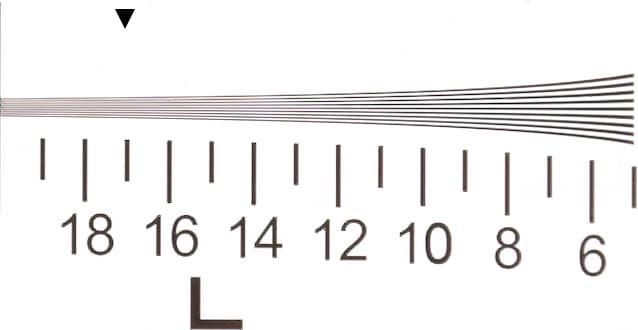
Fujifilm X-T3 Resolution ISO 160

Fujifilm X-T3 Resolution ISO 400
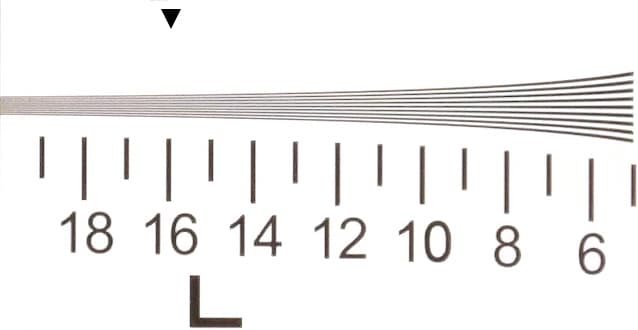
Fujifilm X-T3 Resolution ISO 3200

Fujifilm X-T3 Resolution ISO 6400

Fujifilm X-T3 Resolution ISO 12,800

Fujifilm X-T3 Resolution ISO 25,600
Fujifilm X-T3 Review: ISO and noise
The X-T3’s back-illuminated X-Trans 4 sensor puts in a strong noise performance. Shoot between ISO 80 and ISO 800 and you’ll be guaranteed wonderfully clean images free of noise. It’s only when you select ISO 1600 that you’ll begin to notice luminance appearing. Noise is so well controlled at ISO 1600 and ISO 3200 that users won’t hesitate from using these settings.
Luminance noise is also handled magnificently at ISO 6400, but it does start to become a little more pronounced in images captured at ISO 12,800. The level of detail that’s resolved at ISO 12,800 isn’t quite what it is at ISO 3200, but this wouldn’t put me off from cranking the X-T3 up to ISO 12,800 when challenged by a low-light situations. Users will find it’s just about possible to shoot at ISO 25,600 in an emergency, but I’d advise to stay clear of these extended settings, especially ISO 51,200, if you want to preserve the finest quality in your images.
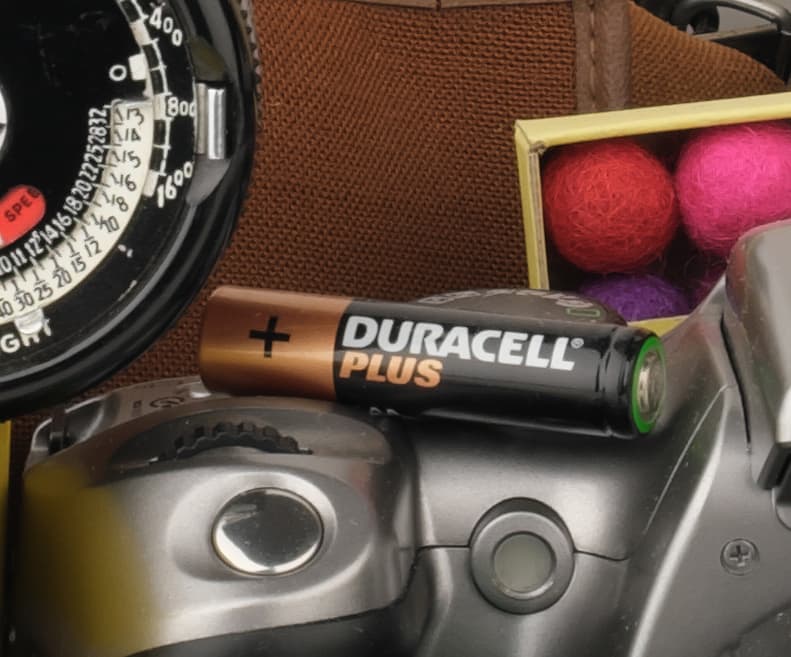
Fujifilm X-T3, Raw ISO 160
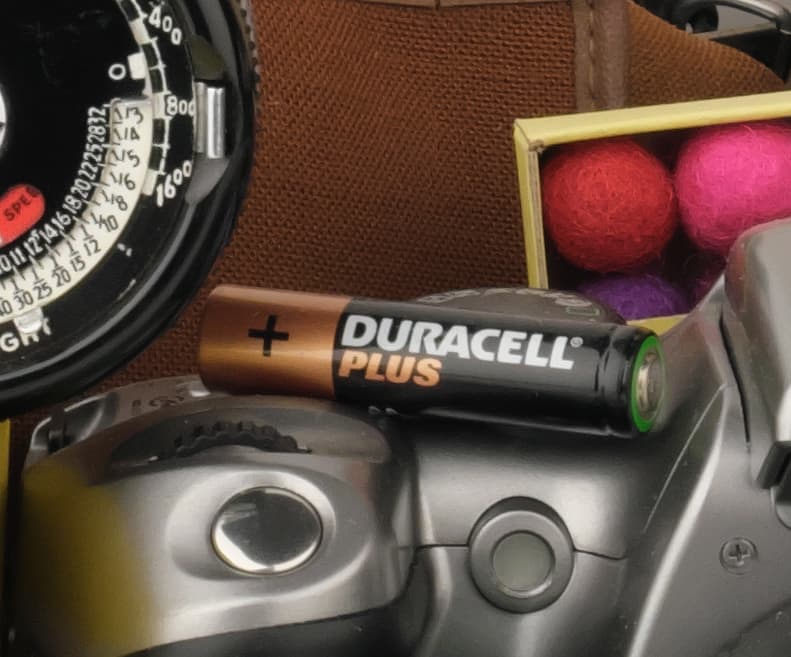
Fujifilm X-T3, Raw ISO 800

Fujifilm X-T3, Raw ISO 6400

Fujifilm X-T3, Raw ISO 12,800

Fujifilm X-T3, Raw ISO 25,600
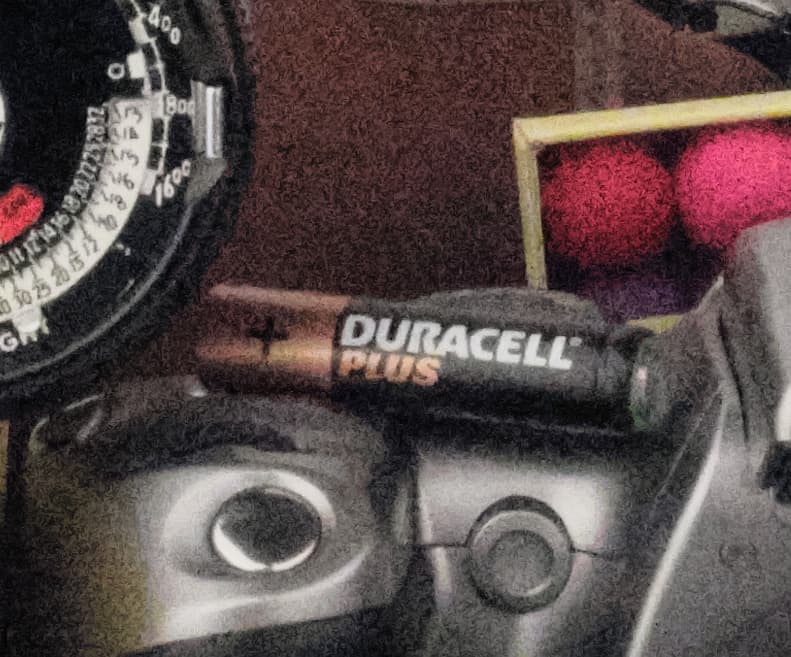
Fujifilm X-T3, Raw ISO 51,200
Fujifilm X-T3 Review: Verdict
With the X-T2, Fujifilm took what we loved about the X-T1’s styling before tweaking the design a little and refreshing it with a new sensor and processor. A similar approach has been taken with the X-T3. It adopts the niceties of the X-T2 and has been updated with the latest X-Trans 4 sensor and X-Processor 4, transforming its performance significantly.
The wide spread of phase-detect AF pixels across the full height and width of the sensor, united with its high-speed burst capabilities, provides a higher success rate of sharp shots when shooting the fastest moving subjects, meanwhile the improved responsiveness of the autofocus in dark scenes, combined with the way the sensor handles noise at high ISOs makes it a strong contender when challenged by low-light. Incorporating in-body stabilisation (IBIS) would have made it even better, but this premium feature, is for now at least, earmarked to the X-H1 – Fujiiflm’s flagship model in the X-series.

AP’s Michael Topham out testing the Fujifilm X-T3
As mirrorless cameras go, the Fujifilm X-T3 is right up there as one of the most versatile and is just as at home shooting sweeping landscapes and static portraits as it is capturing the hardest to shoot action. It might not boast the same high-end professional status as some full-frame mirrorless cameras or the Fujiiflm X-H1, yet it’ll have great appeal with enthusiasts and professionals alike, especially those who want an impressive performance in a small form factor, supported by the best APS-C-specific lens range currently on the market. All this at a price that’s near enough what the X-T2 cost when it first arrived two years ago.
The X-T3’s arrival is likely to drive down the price of the X-T2, which up until now has held its price very well. Given the £100 price difference between buying the X-T2 and X-T3 new at the time of writing, opting for the X-T3 with all of its added benefits is a no brainer.
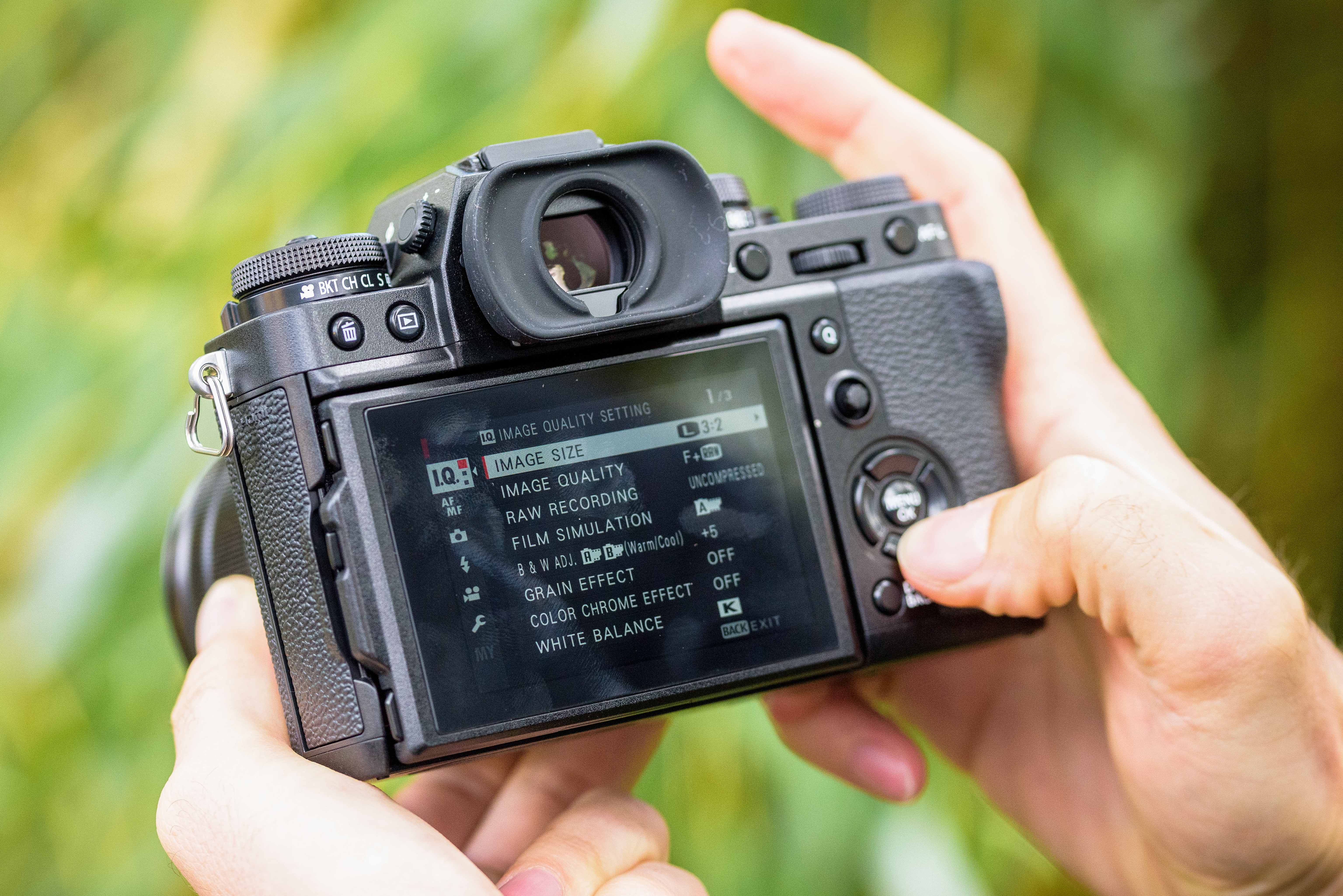
The X-T3 builds upon the success of the excellent X-T2. Those who trade in an excellent example of an X-T2 (for which you’ll receive approximately £495 through mpb.com as of 04/10/2018) will be expected to spend around £850 upgrading to the Fujifilm X-T3
Fujifilm had a solid platform on which to build the X-T3 and has once again succeeded at turning a great camera into an even better one. With very few flaws and so much to love, I can categorically say it’s the finest APS-C mirrorless camera that’s ever been made and remains a compelling choice for those who wish to bypass the larger full-frame mirrorless systems in the market.


